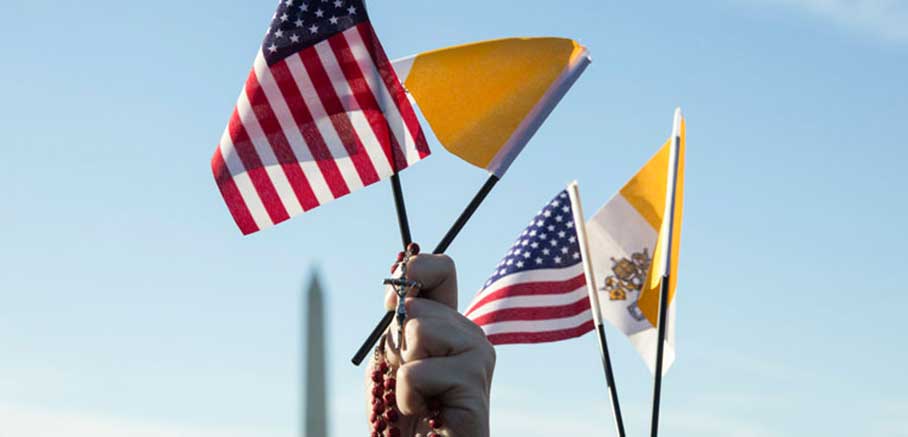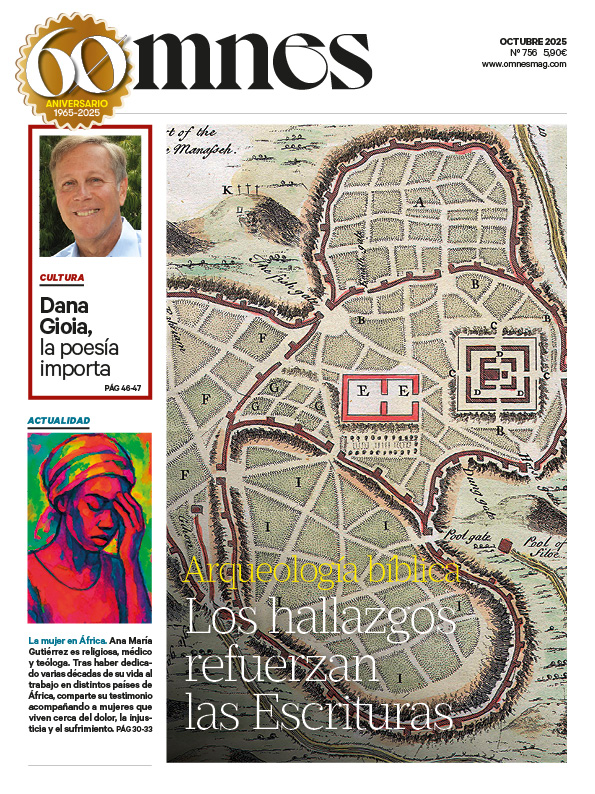There are many issues that are being faced by the leaders of the Catholic Church in the United States: religious freedom, the emerging Hispanic majority, the horror of sexual abuse by some priests... However, there are other very significant challenges facing the Church. One of them is the growing shortage of clergy.
While the number of active priests obviously varies from diocese to diocese, overall the decline has been striking. According to statistics from the Center for Applied Research in the Apostolate (CARAIn 1970, there were a total of 58,000 priests in the United States, with an average age of 35 years. In 2009, the number was 41,000 priests, with an average age of 63. At the same time, the Catholic population continues to grow at a rate of between 1 % and 2 % per year.
To make matters worse, CARA estimates that between 2009 and 2019, half of the current active priests will retire. The good news is the number of priests being ordained per year: five hundred. The bad news is that these new priests replace only one-third of the priests who retire or die.
Throughout most of the history of the Catholic Church in the United States there has been a shortage of native-born priests, and most of that shortage has historically been filled by foreign priests. In recent years there has been an increase in priests from Africa, Asia and Latin America. Approximately 25 % of the diocesan priests currently serving in the United States were born outside the country; but, because of immigration restrictions, they typically remain here for about five years.
This influx of foreign priests has been a blessing, but it can also be a challenge. Preparing priests to serve in a distant country, different in customs and attitudes, presents one challenge. Another is preparing U.S. priests and parishioners to receive and understand these foreign priests.
The question facing the leaders of the Catholic Church in the United States in the next decade is how to continue to meet pastoral needs in the face of an expected reduction in the number of clergy. Increasing the number of permanent deacons, increasing the responsibility of the laity in pastoral tasks, and making greater vocational efforts to grow the number of seminarians may be part of the solution.







